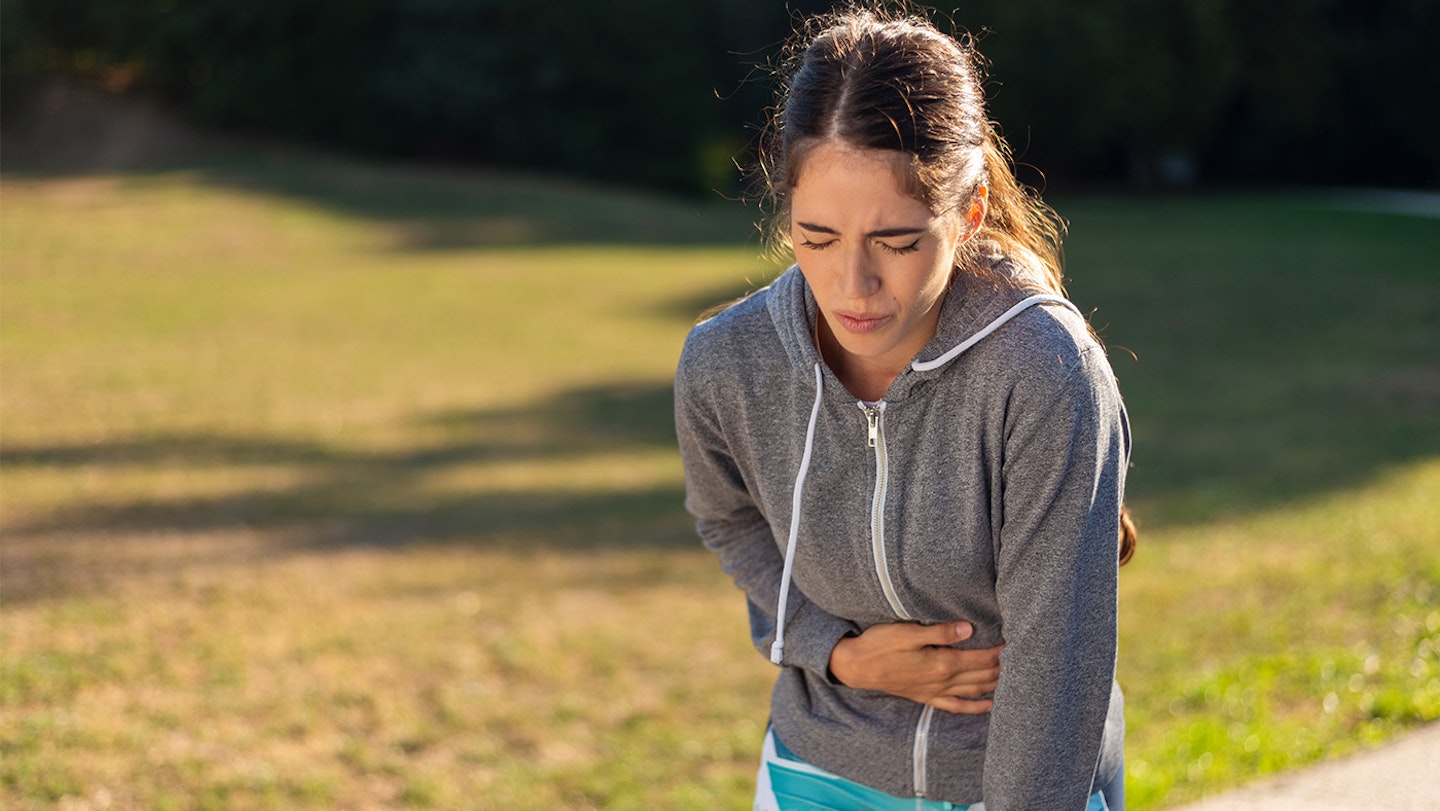One in ten women and those assigned female at birth suffer from endometriosis. That’s a staggering 1.5 million people in the UK!
Despite how common this condition is and how many are suffering from painful, heavy periods, it can take up to ten years to receive a diagnosis. This is often not helped by uncommon symptoms of endometriosis that many of us are unaware could be a result of the condition.
What is endometriosis?
Endometriosis is a condition where the tissue that normally lines the inside of the uterus, grows outside of the uterus. Lesions of abnormal tissue may shed and become inflamed or cause cysts and scar tissue.
Most commonly, endometriosis grows on the surface of the uterus or the pelvic floor (superficial peritoneal lesions) or the fallopian tubes and ovaries (Endometrioma ovarian lesions) These lesions can also spread to the intestines, rectum and other organs (deeply infiltrating endometriosis).
What are the common symptoms of endometriosis?
Endometriosis symptoms can vary from person to person, but the more common symptoms include:
• severe menstrual cramps
• pain during sexual activity
• painful bowel movements
• pain when urinating
• periods that are heavier and longer than usual
• pelvic pain
There are, however, more uncommon symptoms of endometriosis which you may not be aware of. It's also important to be aware of similar conditions to endometriosis like adenomyosis.
What are the uncommon symptoms of endometriosis?
It’s important to be aware of uncommon symptoms of endometriosis, as these symptoms can go unnoticed or feel disconnected from endometriosis and delay you from getting the support and diagnosis needed. Uncommon symptoms of endometriosis include:
Abnormal bowel habits
Endometriosis can cause mild and serious gastrointestinal complications including; painful bowel movements, diarrhoea, chronic bloating, constipation, or sensitivity to certain foods. Often, these symptoms are misdiagnosed as Irritable Bowel Syndrome (IBS.)
Bleeding between periods
Bleeding or spotting between periods can be a sign that the reproductive hormones are not functioning properly. This can be a symptom of endometriosis or another condition called Polycystic Ovary Syndrome (PCOS)
Pelvic pain during exercise
Endometriosis lesions can feel like a sharp or stabbing pain in the abdomen or stomach when exercising, especially when doing abdominal exercises or running. It can feel like intense pulling or tearing.

Chronic fatigue
Due to inflammations and hormone imbalances caused by endometriosis, chronic fatigue can cause daily struggles with energy and motivation.
Nerve pain
Sharp, or regular pains in the groin, legs, or lower back can be a sign of endometriosis. These nerve pains can often feel like (and be diagnosed as) sciatica. Endometriosis scar tissue can pull nerves, or even attack nerves directly. Lesions building around these nerves will apply pressure on the nerves themselves and cause sciatica-like pain.
Acid reflux
Heartburn, vomiting, food regurgitation, and painful indigestion, can all be symptoms of endometriosis. This is because endometrial tissue within the gastrointestinal tract can cause inflammation.
What should I do if I think I have endometriosis?
A recent survey by Endometriosis Action Month found that three in four women and those assigned female at birth, would put off seeking help.
The survey revealed that 75 per cent would not go to doctor with potential endometriosis symptoms, more than a fifth would worry doctors might not take these symptoms seriously, and the majority would not feel comfortable talking about periods and menstrual health with family, friends, colleagues or medics.
This is incredibly worrying to read as a diagnosis is needed to access management and treatment options; left unmanaged, endometriosis may progress. If you have symptoms and suspect you may have endometriosis, make an appointment to go and see your GP as soon as possible. It’s helpful to write down all of your symptoms before you go, so you can go through everything clearly and ask to be referred to a specialist.
For more help, support and advice on endometriosis head over to Endometriosis UK
